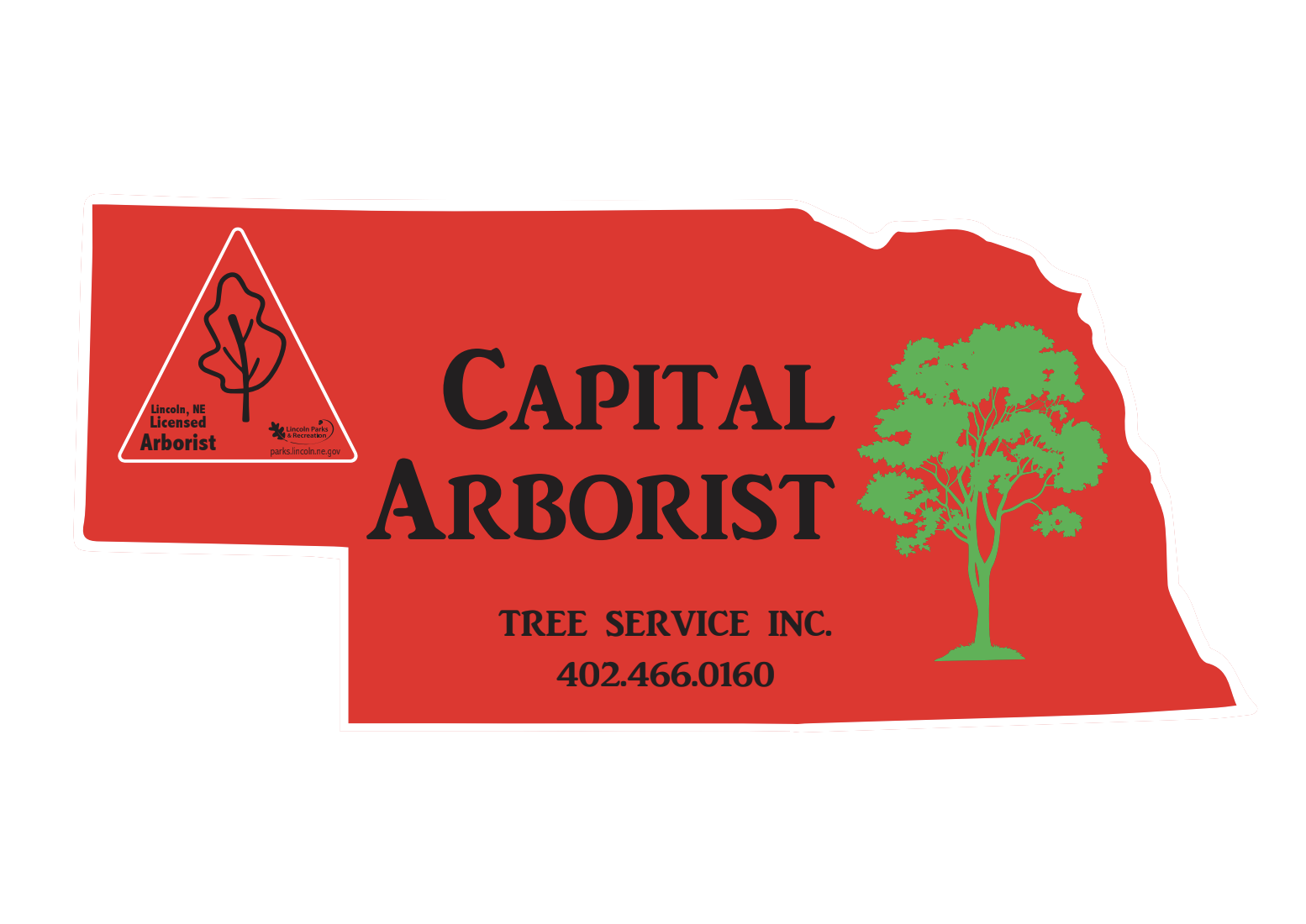While the rain we received at the beginning of the month was a welcome change in weather, we still haven’t received enough to be considered out of drought conditions. Proper watering of trees is going to be extremely important this fall, so read on to learn about how you should be watering your trees, as well as some information on pin oak maladies.
Fall Watering of Trees
Many parts of Nebraska have received precipitation in the last week, but according to the U.S. Drought Monitor’s National Drought Summary report for September 8th significant drought conditions still exist.
While our location is still under drought conditions, trees and shrubs need watering to rehydrate and replace water lost this summer. This is a critical time to prepare woody plants for winter and prevent winter injury, especially evergreens. It is also a critical time to provide moisture for developing tree buds, to ensure good leaf production next year.
Damage from drought stress is often slower to appear in woody plants, not becoming evident until months or years after the drought event, but can have long-term consequences. Even after the drought has ended, trees that experience drought stress are more susceptible to secondary attack by insect pests and disease problems, such as borers and canker diseases, which can cause tree death. Dry fall conditions can reduce the number of leaves, blooms and fruits trees produce the next season. When watering, moisten the soil around trees and shrubs, up to just beyond the dripline, to a depth of 8 to 12”. Avoid overwatering; but continue to water until the ground freezes as long as dry conditions persist.
Pin Oak Maladies
This has been another difficult summer, particularly for pin oaks and other oak species. Many trees are looking very rough this fall. Some of the common issues found this summer include the following. Identification of each tree’s problem or pest is essential to good management.
- Freeze death of oak flowers resulted in a smaller than normal amount of acorns. Many squirrels that rely on acorns for food resorted to stripping bark from young thin-barked trees.
- Oak twig girdler damage has been severe on many trees.
- Kermes oak scale has also caused twig death in some oaks.
- Aphid infestations have resulted in black sooty mold on leaves and a rain of sticky sap to cars or anything else beneath affected trees.
- Lace Bug infestations have caused many leaves to turn yellow or brown.
If you need further advice on tree watering or issues with pin oaks, you can rely on us to help you identify the pest and help you to eliminate it. Call us anytime to set up an appointment!
CapitalArborist@gmail.com / 402.466.0160
P.O. Box 240, Ceresco, NE 68017

